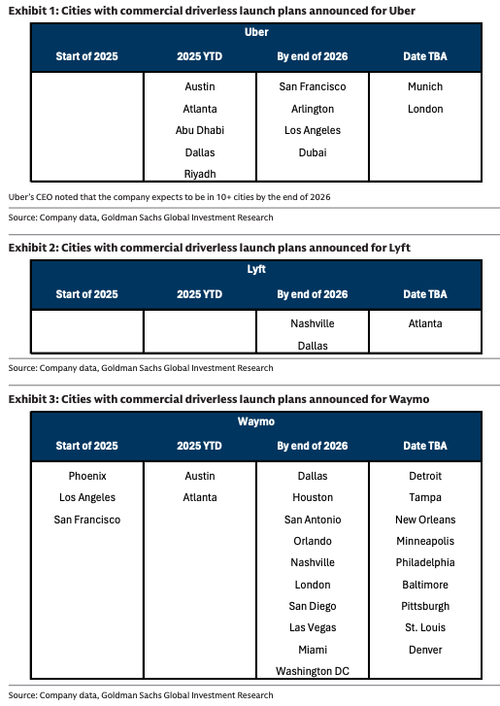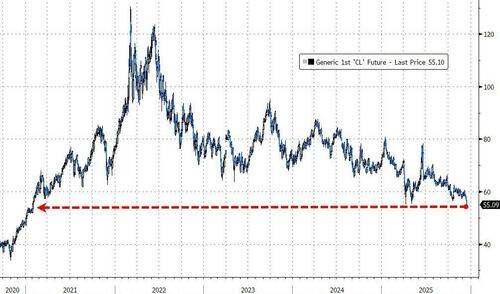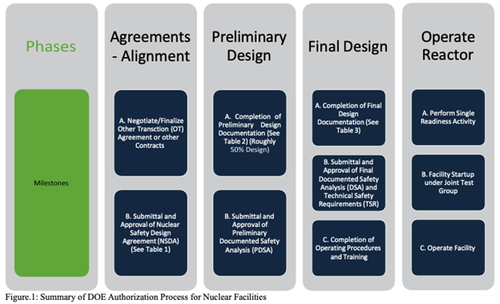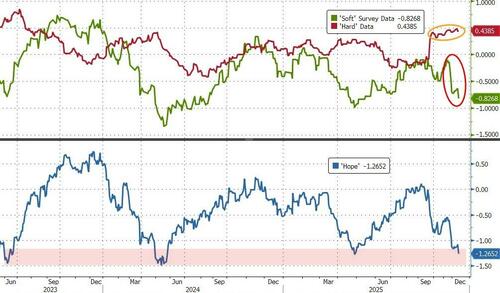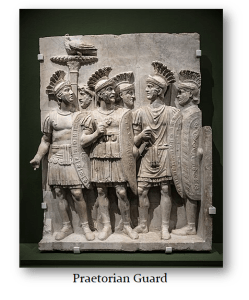Trump’s decision to send the National Guard into Washington, D.C., will be defended as a matter of national security. History teaches us this is not about protecting the people at all. The National Guard was deployed to protect the political class from the people.
The United States is now following the same path we have seen throughout history. In ancient Rome, once the Praetorian Guard was stationed in the city to guard the emperor, it became the power behind the throne. Their loyalty was to themselves and the politicians in control at the moment. The guard was not sent to protect the Republic, and certainly not the people. By the time Commodus was in power, the Guard was deciding who would rule, and the Senate’s role was ceremonial at best.
The same predicament happened in America’s short history. There was genuine fear in late 1860 and early 1861 that secessionist militias or Confederate sympathizers might attack Washington, capture federal buildings, or even seize Lincoln before his inauguration. At the start of 1861, Federal troops were quietly moved into the city. Army units from various forts were sent to guard the Capitol building, the White House, and key bridges into the city. Lincoln was inaugurated in March of 1861, but the new administration took power under the protection of a heavily militarized capital. Various Southern states began declaring secession following the election of November 1860, as they refused to accept Lincoln as their leader. The Battle of Fort Sumter that April took place a month after Lincoln’s inauguration, which acted as the catalyst to the Civil War.
We have reached a point where neither side of the political aisle sees the other as a legitimate rival. They see their opponents as an existential threat. That goes beyond the politicians themselves and extends to their supporters. Governors are refusing to comply with the Trump Administration and tensions have been boiling since Trump won re-election.
The Economic Confidence Model has been warning about this very period. We are in the decline wave, moving toward the next major turning point in 2028.05 before 2032 when we will see the crash and burn. Between now and then, you will see authoritarian measures increase. The plan to “temporarily” deploy troops to the nation’s capital will morph into permanent security zones and checkpoints. This is precisely how liberty erodes, not with a single decree, but with a steady normalization of emergency powers.
Historically, militarizing a capital is interpreted by foreign capital as a sign of internal instability. The US government fears its citizens, and the leaders believe they need added layers of protection. Capital has little room to go elsewhere at this time. In the short term, the US may still attract capital fleeing the chaos in Europe. Still, over the longer term, capital will begin looking for safer harbors in tangible assets and other regions less prone to political meltdown.
Interestingly, the move comes before the model’s target date of August 18 and Trump’s decision to meet Vladimir Putin in Alaska. People are still outraged over the Epstein list that Trump failed to release. They are enraged that Congress, on both sides of the aisle, went to visit Israel during recess. America’s neutrality in the Ukraine-Russian conflict is at risk, and powerful people on both sides are carefully watching Trump’s next move.
The homeless crisis is a false flag and a lackluster excuse. The data shows that homelessness in Washington, D.C., decreased by 9% YoY. Violent crimes have declined 26% over the same period. Sure, homelessness and crime have been rampant across D.C. and all American cities, but why is it suddenly of paramount concern to the point of deploying the National Guard? The troops have been called in to protect the political elite in power ahead of what’s to come.
Militarizing your own capital is a confession of weakness. And once you’ve crossed that Rubicon, there is no turning back without a political reset.

